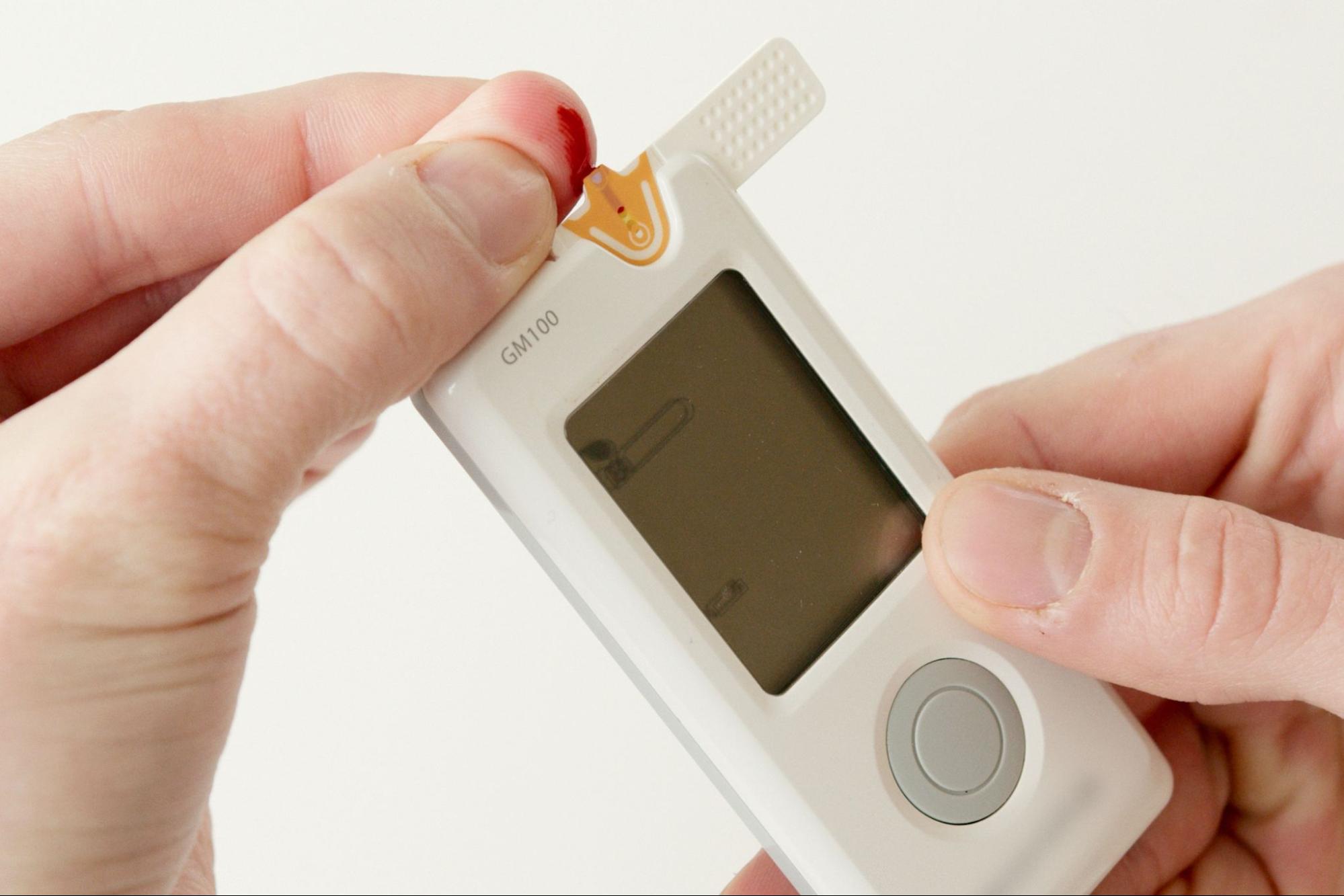The Right Amount: How Many Units Are in a Ml of Insulin

How Many Units Are in a Ml of Insulin
If you’ve ever wondered how many units are in a milliliter (ml) of insulin, you’re not alone. Insulin is a medication commonly used to manage diabetes, and understanding the conversion between units and ml can be important for proper dosing.
To answer the question directly, there are typically 100 units of insulin in 1 ml. This means that when measuring your insulin dose, each milliliter contains a concentration of 100 units.
It’s crucial to note that different types and brands of insulin may have varying concentrations, so it’s essential to consult with your healthcare provider or pharmacist for accurate information specific to the insulin you are using. They can provide guidance on how to properly measure and administer your prescribed dose based on the concentration of your particular insulin product.
Remember, precise dosing is crucial when it comes to managing diabetes effectively. Understanding the unit-to-ml ratio of insulin ensures that you’re administering the correct amount for optimal blood sugar control.

Understanding Insulin Units and Milliliters
When it comes to insulin, understanding the relationship between units and milliliters is crucial. Insulin is a hormone that plays a vital role in regulating blood sugar levels. It is commonly used by individuals with diabetes to manage their condition. The concentration of insulin is measured in units per milliliter (U/mL), which indicates how many units of insulin are present in a specific volume of solution.
To put it simply, one unit of insulin refers to the amount required to lower blood sugar by a certain degree for an average adult. The concentration can vary depending on the type and brand of insulin being used. For example, some insulins have concentrations of 100 U/mL, while others may have concentrations of 200 U/mL.
Calculating the number of units in a milliliter requires understanding the concentration stated on the insulin vial or pen label. Let’s say you have an insulin vial with a concentration of 100 U/mL. In this case, one milliliter (1 mL) would contain 100 units of insulin. Similarly, if you have an insulin pen with a concentration of 200 U/mL, one milliliter would contain 200 units.
In conclusion, understanding the relationship between units and milliliters in insulin is essential for effective diabetes management. By knowing the concentration specified on your medication label, you can calculate the number of units contained in each milliliter accurately. This knowledge helps ensure proper dosing and control over blood sugar levels—a critical aspect for individuals living with diabetes.



